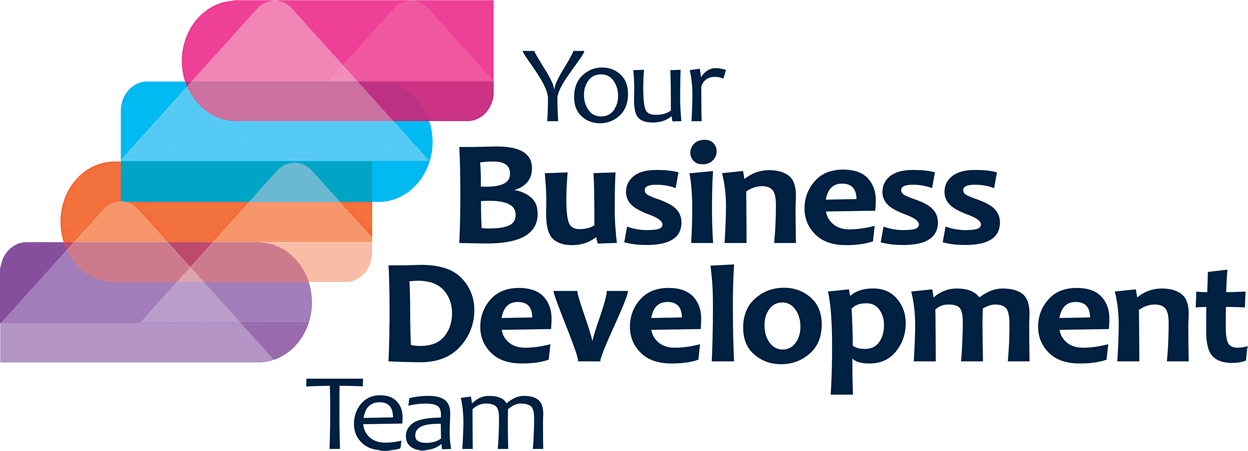If you believe the big cheeses, we are all sales people, regardless of your job title. We all have a responsibility to introduce our business to new customers. I actually think this is very true, especially in small businesses. So if we all sell, that means we all have a selling style we revert to when attempting to sell. Do you know yours? Knowing your sales style can help you improve your conversion rate and generally feel better about doing it. Read on for some examples:
The Apologetic Style: This style consists of saying ‘sorry’ a lot and generally apologising for your mere existence. It is used by people who secretly believe that selling and making money is a crime but feel compelled to do so as they have been told to by their boss. Who does it work for? People who like feeling in control, alpha males and old fashioned types who dream of having staff.
The Stealth Style: People who use this style find it very hard to ask for money for their services. To get around it, they use a selling style that bypasses the sales element of the transaction and focuses on customer service and delivery. Problems normally arise when your buyer gets a bill which is higher than expected. Who does it work for? Regular clients and people who are very sure of what they want and who they want it from.
The Nosey Style: People who revert to this style are very interested in other people and their lives. Their sales style consists of asking lots of questions including some that are less relevant to the business. These people often do well in sales due to their consultative approach, as long as they stop to listen to the answers too. Who does it work for? Self-centred individuals, good communicators and people who dream of being interviewed.
The Pushy Style: This is the style that most people think about when describing sales people. People who use this style are normally assertive and goal orientated which means they often get things their way. Who does it work for? People who find it hard to make decisions or look for clear answers and solutions.
The Friendly Style: You might think that this is the right approach to sales and many people find it appealing. This style will often consist of asking lots of questions about your holiday and the pictures on your walls and often avoid asking more difficult questions. Who does it work for? Old age pensioners and people who like to display their trophies and holiday pictures at the office.
Can you identify your style among these? The trick with selling styles is to change them to suit the situation and the person you are dealing with to make them feel at ease. For example, if you are speaking to an introvert, you don’t want to push the friendly style too hard as you may well upset them and lose the sale. On the other hand, if you are dealing with people who will not make decisions, you might need to revert to being pushy. To make matters more complicated, you sometimes need to use a variety of styles which can be tricky if you are not a natural.
Whatever style you use, you should try and keep it natural and make sure it feels right and true to you. If selling is something you really find tricky then get some sales training. If you want to discuss sales strategy or look at your sales tools and process then please get in touch.


